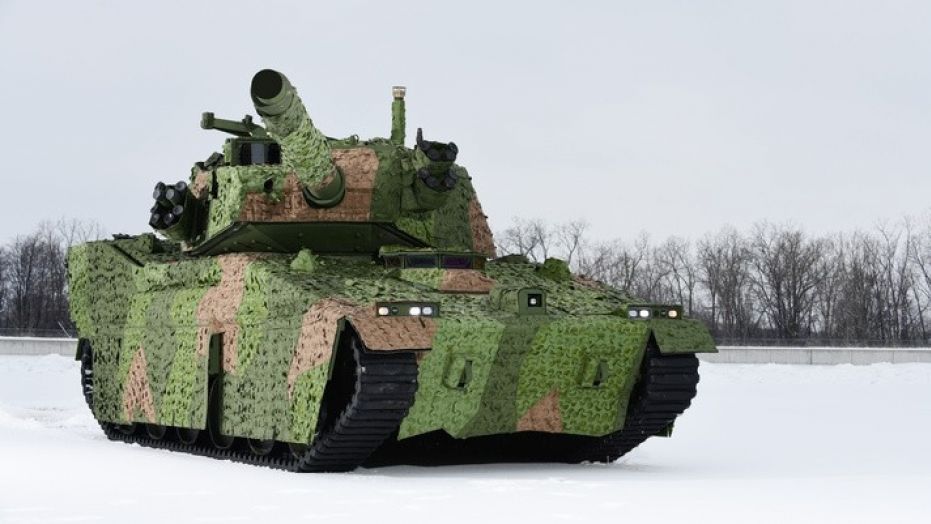
When we last checked in with the U.S. Army’s Mobile Protected Firepower (MPF) program—an effort to quickly field a new light tank lightweight armored vehicle with a long-range direct fire capability—Request for Proposals (RFPs) were expected by November 2017 and the first samples by April 2018. It now appears the first MPF prototypes will not be delivered before mid-2020 at the earliest.
According to a recent report by Kris Osborn on Warrior Maven, “The service expects to award two Engineering Manufacturing and Development (EMD) deals by 2019 as part of an initial step to building prototypes from multiple vendors, service officials said. Army statement said initial prototypes are expected within 14 months of a contract award.”
Part of the delay appears to stem from uncertainty about requirements. As Osborn reported, “For the Army, the [MPF} effort involves what could be described as a dual-pronged acquisition strategy in that it seeks to leverage currently available or fast emerging technology while engineering the vehicle with an architecture such that it can integrate new weapons and systems as they emerge over time.”
Among the technologies the Army will seek to integrate into the MPF are a lightweight, heavy caliber main gun, lightweight armor composites, active protection systems, a new generation of higher-resolution targeting sensors, greater computer automation, and artificial intelligence.
Osborn noted that
the Army’s Communications Electronics Research, Development and Engineering Center (CERDEC) is already building prototype sensors – with this in mind. In particular, this early work is part of a longer-range effort to inform the Army’s emerging Next-Generation Combat Vehicle (NGCV). The NGCV, expected to become an entire fleet of armored vehicles, is now being explored as something to emerge in the late 2020s or early 2030s.
These evolving requirements are already impacting the Army’s approach to fielding MPF. It originally intended to “do acquisition differently to deliver capability quickly.” MPF program director Major General David Bassett declared in October 2017, “We expect to be delivering prototypes off of that program effort within 15 months of contract award…and getting it in the hands of an evaluation unit six months after that — rapid!“
It is now clear the Army won’t be meeting that schedule after all. Stay tuned.
